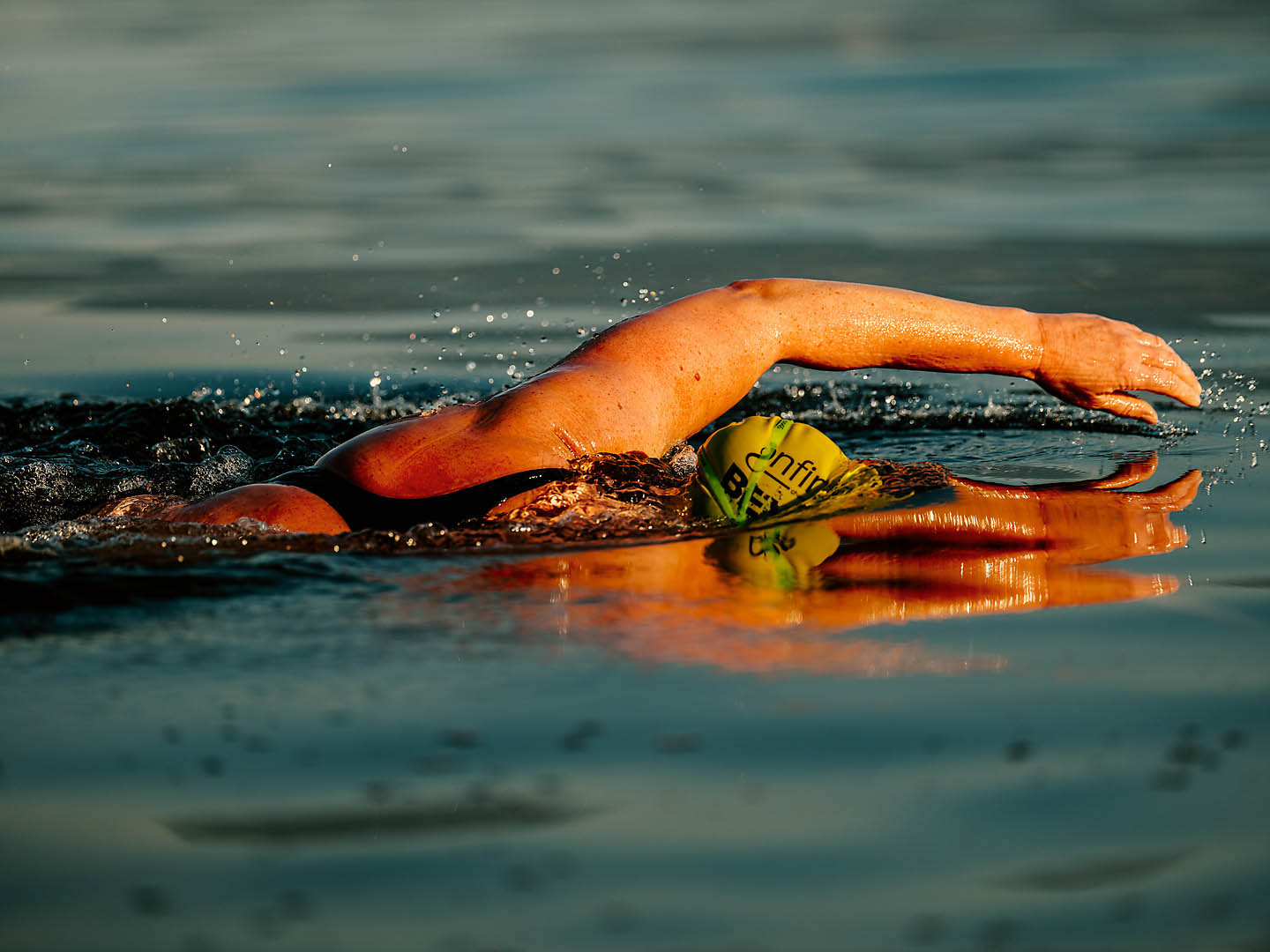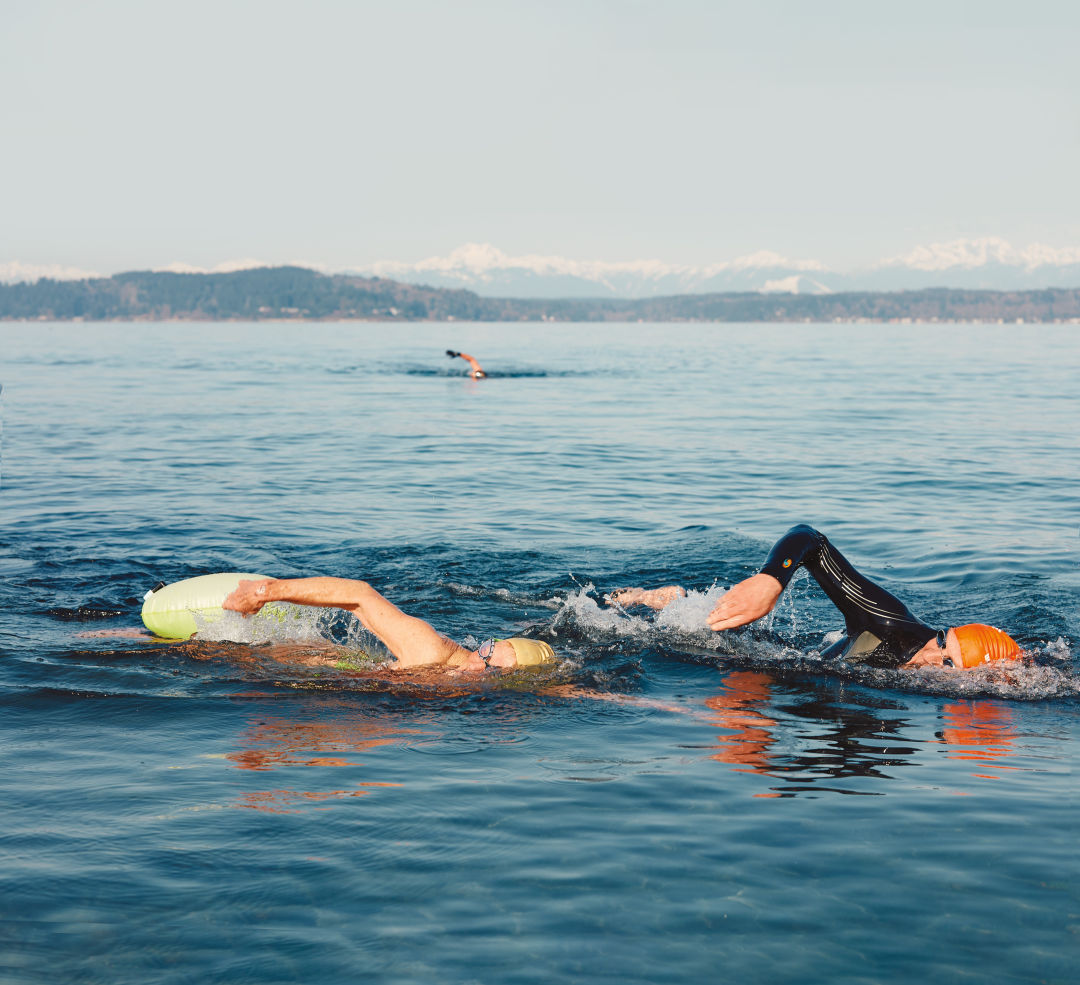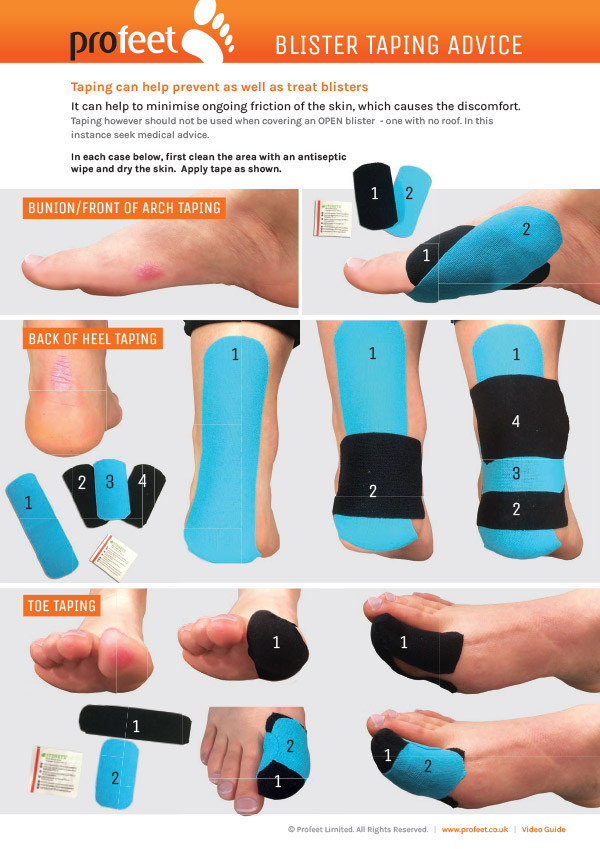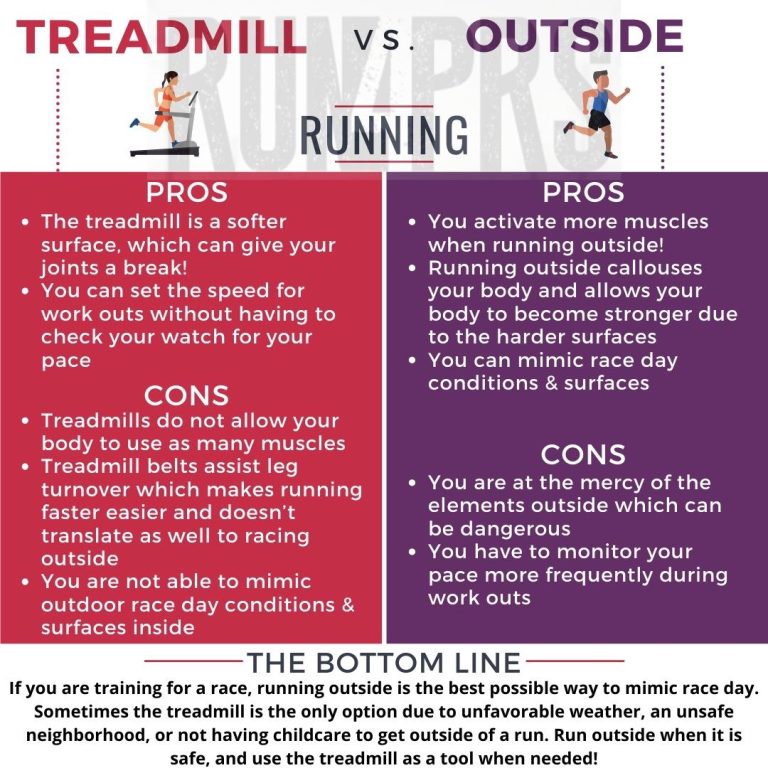Why Marathon Swimmers Avoid Wetsuits?
Marathon swimmers don’t wear wetsuits because they can provide an unfair advantage in long-distance swimming. Wearing wetsuits can help retain body heat and provide buoyancy, leading to faster swimming times.
Marathon swimming is a demanding sport that requires physical and mental endurance. It involves traversing open water for long distances, often in challenging conditions. Wetsuits can help swimmers maintain body temperature and buoyancy, potentially altering the nature of the sport.
Therefore, marathons swimmer prefer not to wear wetsuits to uphold the purity of the sport and rely solely on their own physical abilities. Understanding the reasons behind this choice can shed light on the unique challenges and principles of marathon swimming.
The Tradition Of Marathon Swimming
Marathon swimmers eschew wetsuits to test their endurance and gain a raw connection with the water. This tradition showcases their resilience and determination in facing the elements head-on, symbolizing the purest form of open water swimming.
Origins And Evolution
Marathon swimming has a long and rich history dating back to ancient times. It originated from ancient civilizations like the Egyptians and Greeks who were fascinated by the challenge of swimming long distances in open water.
In ancient Greece, Marathon swimming became a popular spectator sport with organized competitions held during religious festivals. Swimmers would race in open water, battling strong currents and unpredictable weather conditions to test their endurance and strength.
Over time, marathon swimming evolved and gained popularity across different cultures and continents. The English Channel became a renowned location for marathon swims, with swimmers attempting to traverse the challenging 21-mile stretch of water between England and France.
Key Features Of Marathon Swimming
Marathon swimming is characterized by its unique set of challenges and rules that set it apart from other forms of swimming. Here are some key features:
- Distance: Marathon swims typically cover long distances of 10 kilometers (6.2 miles) or more. Swimmers often face the mentally and physically demanding task of swimming for several hours or even days without rest.
- Open water: Unlike pool swimming, marathon swims take place in open water, such as lakes, oceans, or rivers. Swimmers must navigate through changing conditions, including currents, tides, and waves.
- Non-stop: In marathon swimming, swimmers are not allowed to touch any external support, including boats or buoys, during the swim. They must endure the entire distance without any breaks, relying solely on their own strength and determination.
- No aids: Another distinguishing feature of marathon swimming is the prohibition of wetsuits or any artificial aids that provide insulation or buoyancy. Swimmers must rely on their natural abilities and endurance to complete the swim.
The tradition of marathon swimming embraces the challenge of open water swimming in its purest form, without the use of modern technologies that can alter the experience. The absence of wetsuits, in particular, is a defining characteristic of this sport.

Credit: montecristomagazine.com
Challenges Faced By Marathon Swimmers
Marathon swimming poses a multitude of challenges, ranging from temperature regulation to buoyancy and speed. These challenges play a crucial role in the decision of marathon swimmers to abstain from wearing wetsuits. Understanding these hurdles will shed light on the rationale behind this practice.
Temperature Regulation
Marathon swimmers face the constant battle of maintaining their body temperature in cold water. Wetsuits provide insulation, potentially causing overheating during strenuous physical activity. Additionally, the use of wetsuits eliminates the body’s natural mechanism to acclimate to chilly waters, posing a serious risk to the swimmer’s overall wellbeing.
Buoyancy And Speed
Wetsuits offer buoyancy, which may impact the natural mechanics of swimming. Marathon swimmers rely on their body’s buoyancy and streamlined form to maintain optimal speed and endurance. The use of wetsuits can alter these dynamics, potentially compromising the swimmer’s performance and efficiency.
Role Of Wetsuits In Marathon Swimming
Marathon swimming is a sport that requires both physical endurance and mental fortitude, as swimmers strive to cover long distances in open water. While wetsuits are commonly used in other water sports, marathon swimmers typically forgo these to face the challenges of the open water in their natural form. Understanding the role of wetsuits in marathon swimming sheds light on the impact on performance and the ongoing debate on fairness.
Impact On Performance
Wetsuits are designed to provide insulation and buoyancy, offering swimmers potential advantages in colder water temperatures and rough conditions. They can enhance a swimmer’s ability to retain heat, thereby preventing hypothermia and resulting in increased endurance. However, the added buoyancy of wetsuits alters a swimmer’s natural body position, potentially affecting stroke mechanics and overall efficiency.
Debate On Fairness
The use of wetsuits in marathon swimming is a subject of much debate. While wetsuits confer benefits in terms of warmth and buoyancy, they also introduce potential advantages that some argue may skew the competition. The natural mastery of elements that comes with traditional marathon swimming is impacted by the technological advantage of wetsuits, leading to questions of fairness in the sport.

Credit: www.wsj.com
Alternative Solutions For Temperature Regulation
Marathon swimmers refrain from wearing wetsuits due to alternative methods for temperature regulation, such as layering with grease, using neoprene caps, and swimming at a higher pace to generate heat. These strategies are adopted to maintain the purity and tradition of the sport, while still ensuring safety and performance.
Alternative Solutions for Temperature Regulation:When it comes to marathon swimming, one question that often arises is why marathon swimmers don’t wear wetsuits. While some argue that wetsuits would help regulate body temperature in cold water, the use of wetsuits is generally discouraged in the competitive world of marathon swimming. Instead, marathon swimmers rely on alternative solutions for temperature regulation that allow them to stay safe and perform at their best. In this article, we will explore two alternative solutions: the use of grease and insulating caps, and the importance of feed stops and hydration.
Grease And Insulating Caps:
Grease: Greasing the body with petroleum jelly or other lubricants can help reduce heat loss by creating a thin insulating barrier between the skin and the water. This layer of grease acts as a protective shield, trapping a thin layer of water close to the body and preventing direct contact with the cold water. Additionally, the grease can provide some buoyancy, which can be advantageous for marathon swimmers. Insulating Caps: Another key element in temperature regulation for marathon swimmers is the use of insulating caps. These caps are designed to minimize heat loss through the head and neck, where a significant amount of heat can escape. Insulating caps are typically made of neoprene or other insulating materials that help retain body heat and keep the head warm during long swims in cold water. By ensuring that the head and neck are well-insulated, marathon swimmers can maintain their core body temperature and reduce the risk of hypothermia.Feed Stops And Hydration:
Feed Stops: During marathon swims, feed stops play a crucial role in temperature regulation. These stops allow swimmers to replenish their energy levels by consuming calorie-dense foods and beverages. This intake of calories not only provides the necessary fuel for swimmers to continue their long-distance journey but also generates internal heat, assisting in maintaining body temperature. Feed stops also give swimmers a chance to rest briefly, preventing excessive fatigue and helping them sustain their performance. Hydration: Staying properly hydrated is vital for marathon swimmers to regulate their body temperature effectively. Drinking fluids at regular intervals during a swim helps maintain adequate hydration levels and prevents overheating or dehydration. Hydration not only aids in temperature regulation but also supports overall bodily functions, allowing swimmers to perform optimally throughout their swim. It is important to note that fluids consumed during a marathon swim should be at a comfortable temperature to avoid shocking the system. By employing alternative solutions such as grease and insulating caps, as well as incorporating strategic feed stops and hydration practices, marathon swimmers can effectively regulate their body temperature and perform at their best in both training and competitive settings. Understanding the importance of these alternative solutions ensures that marathon swimmers can tackle the challenges presented by extreme temperatures without compromising their safety or performance.Future Trends And Adaptations In Marathon Swimming
The Future of Marathon Swimming:
Marathon swimmers are known for their endurance and mental strength in facing challenging open water conditions. As the sport evolves, future trends and adaptations in marathon swimming are increasingly incorporating technological advancements and changing perceptions.
Technological Advancements:
Buoyancy Control Devices:
- Advanced buoyancy-control technology aids swimmers in maintaining optimal body position.
- This technology enhances performance without compromising the traditional essence of marathon swimming.
GPS Tracking Systems:
- GPS devices provide accurate real-time data on a swimmer’s position and progress during the race.
- Swimmers can utilize this information to adjust their pace and strategy for improved performance.
Changing Perceptions:
Environmental Impact Awareness:
- Marathon swimmers are becoming more conscious of the environmental impact of wetsuits and their disposal.
- This awareness is driving a shift towards more sustainable and eco-friendly swimwear options.
Embracing Traditional Values:
- Some swimmers choose to forgo wetsuits to honor the history and spirit of marathon swimming as a natural and unaided sport.
- This trend highlights the importance of preserving the authenticity of the sport.

Credit: www.seattlemet.com
Frequently Asked Questions Of Why Don’t Marathon Swimmers Wear Wetsuits
Why Can’t You Wear A Wetsuit To Swim The Channel?
Wearing a wetsuit for the Channel swim is prohibited due to regulations. The swim must be completed without any supportive equipment.
Is It Better To Swim With Or Without A Wetsuit?
Swimming with a wetsuit offers warmth and buoyancy, making it easier and more comfortable. Without a wetsuit, you have more freedom of movement, but will need to tolerate colder water temperatures. The choice depends on personal preference and the conditions of the swim.
What Are The Disadvantages Of Wetsuits?
Disadvantages of wetsuits include restricted movement, difficulty in wearing and removing, heat retention in warm temperatures, and increased buoyancy while swimming.
Conclusion
The choice of marathon swimmers to not wear wetsuits stems from a variety of factors. Not only do wetsuits provide an unfair advantage in terms of buoyancy and temperature regulation, but they also go against the tradition and spirit of long-distance swimming.
By embracing the raw and challenging elements of the open water, these swimmers showcase their determination, skill, and love for the sport. Ultimately, the decision to forgo wetsuits is a testament to the true essence of marathon swimming.






